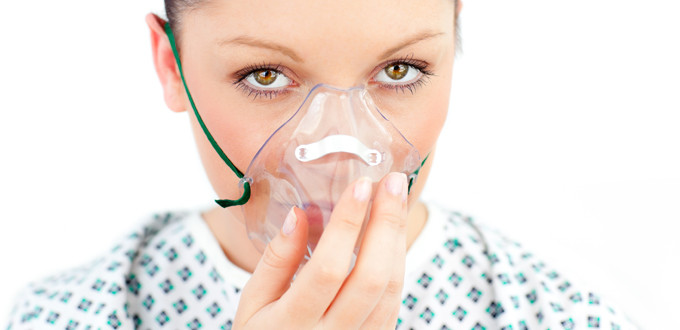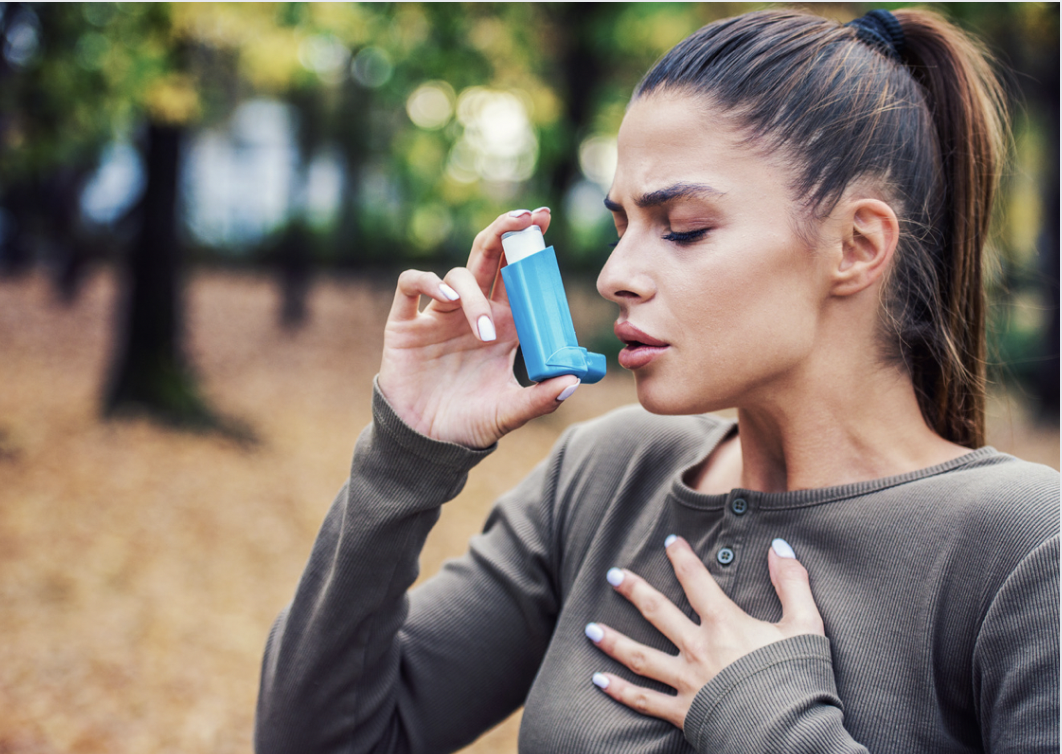Definition
Pneumonia is an infection that affects the air sacs in the lungs (alveoli), causing them to fill with fluid or pus. This condition typically leads to symptoms such as coughing with phlegm and difficulty breathing. Pneumonia can be caused by various agents, including viruses, bacteria, and fungi.
Pneumonia is categorized into three main types based on its origin:
- Community-acquired pneumonia (CAP)
- Hospital-acquired pneumonia (HAP)
- Ventilator-associated pneumonia (VAP)
This article will primarily focus on HAP and VAP. HAP refers to pneumonia that develops at least 48 hours after hospital admission and was not present upon admission. VAP is a subtype of HAP that occurs in intensive care units and is associated with the use of ventilators. Ventilators are devices used to deliver air into the lungs at a specific pressure.
Causes
Gram-positive bacteria
HAP and VAP are commonly caused by bacteria that are resistant to typical antibiotics. These bacteria can be distinguished under a microscope as either Gram-positive or Gram-negative based on their ability to absorb a specific dye.
Aerobic and anaerobic bacteria
Bacteria can also be classified according to their oxygen requirements for energy production:
- Aerobic bacteria require oxygen for energy production.
- Facultative aerobic bacteria can produce energy with or without oxygen.
- Anaerobic bacteria do not require oxygen.
HAP and VAP are typically caused by aerobic bacteria, particularly Gram-negative bacteria such as Pseudomonas aeruginosa, Escherichia coli, Klebsiella pneumoniae, Enterobacter, and Acinetobacter. Gram-positive bacteria like Staphylococcus aureus, including methicillin-resistant strains (MRSA), are also common causes.
Risk factor
The risk factors for HAP and VAP vary depending on the causative bacteria. Risk factors for VAP caused by multi-drug resistant bacteria include:
- Septic shock
- Respiratory failure
- Administration of injectable antibiotics
- Hospitalization for more than 5 days
- Hemodialysis due to acute kidney failure
Septic shock occurs when severe infection prevents the bloodstream from delivering oxygen to the body's organs. HAP caused by bacteria resistant to multiple drugs is more likely to develop in patients who have received injectable antibiotics within 90 days before the onset of pneumonia.
Symptoms
HAP and VAP present symptoms similar to general pneumonia. These may include cough with phlegm, fever, and sometimes chest pain accompanied by shortness of breath. Additionally, patients may experience fatigue, nausea, vomiting, and diarrhea. In older adults or individuals with weakened immune systems, symptoms such as altered mental status, confusion, and below-normal body temperature may also manifest.
Diagnosis
Typically, the signs and symptoms of HAP and VAP are identified through history-taking and physical examination. Doctors may use a stethoscope to listen for abnormal breath sounds. Imaging studies like chest X-rays are commonly performed for quick diagnosis of pneumonia. Laboratory tests, such as complete blood count and differential white blood cell count, aid in detecting signs of infection.
Gram stain
Gram stain examination involves staining and observing sputum samples under a microscope. This rapid test assists doctors in determining appropriate antibiotic therapy.
Bacterial culture
For a definitive diagnosis, culture is necessary. This involves cultivating bacteria from samples, often obtained from expectorated sputum or through a breathing tube. In some cases, a specialized tube is used to collect samples from small airways within the lungs, providing more accurate results. Culture testing includes antibiotic susceptibility testing to identify effective treatments, but it typically takes several days.
Management
Antibiotic administration
Management of HAP and VAP typically begins with empirical therapy, wherein antibiotics are prescribed based on common pathogens in the specific healthcare setting. This therapy is initiated while awaiting culture results and adjusted accordingly afterwards.
Diet and activity
Proper nutrition and activity are essential aspects of management. Many patients with HAP and VAP experience nutritional deficiencies, often requiring liquid nutrition via a feeding tube. Immobility increases the risk of infection, so patients should be repositioned regularly to enhance lung ventilation and prevent further complications.
Complications
HAP and VAP can lead to difficulties in weaning patients off ventilator support, often due to decreased heart and lung function. Lung inflammation caused by viruses like HSV-1 can exacerbate this challenge. Other complications may include:
- Bacteremia: Bacteria entering the bloodstream and spreading infection to other organs, potentially causing organ failure.
- Pleural effusion: Accumulation of fluid between the lungs and chest wall, which can worsen if infected.
- Lung abscess: Formation of pus-filled cavities in the lung.
Prevention
To prevent pneumonia
- Stay up-to-date on vaccinations, as they can prevent several pneumonia-causing viruses and bacteria.
- Practice good hygiene by washing hands regularly with soap and water or using alcohol-based hand sanitizer to reduce the risk of respiratory infections.
- Avoid smoking, as it weakens the immune system in the lungs.
- Maintain a strong immune system through adequate sleep, regular exercise, and a balanced diet.
When to see a doctor?
Seek medical attention if you experience fever, cough with green phlegm, and shortness of breath. High-risk individuals for pneumonia include:
- Elderly individuals (above 65 years old)
- Children under 2 years old showing signs and symptoms
- Individuals with certain medical conditions or weakened immune systems
- Those undergoing chemotherapy or taking immune-suppressing medications
Pneumonia can progress rapidly in elderly individuals, as well as those with heart failure or chronic lung conditions, potentially leading to fatal outcomes.
- dr Hanifa Rahma
Pneumonia - Symptoms and causes. (2020). Retrieved 5 March 2022, from https://www.mayoclinic.org/diseases-conditions/pneumonia/symptoms-causes/syc-20354204
Shebl, E., & Gulick, P. (2021). Nosocomial Pneumonia. Retrieved 5 March 2022, from https://www.ncbi.nlm.nih.gov/books/NBK535441/
Shetty, K. (2021). Hospital-Acquired Pneumonia (Nosocomial Pneumonia) and Ventilator-Associated Pneumonia: Overview, Pathophysiology, Etiology. Retrieved 5 March 2022, from https://emedicine.medscape.com/article/234753-overview












